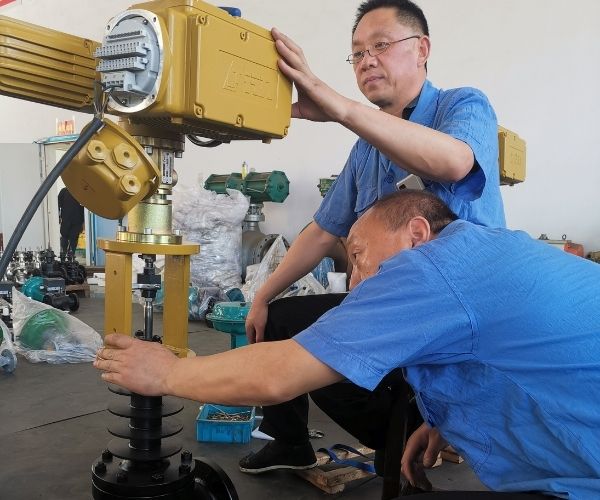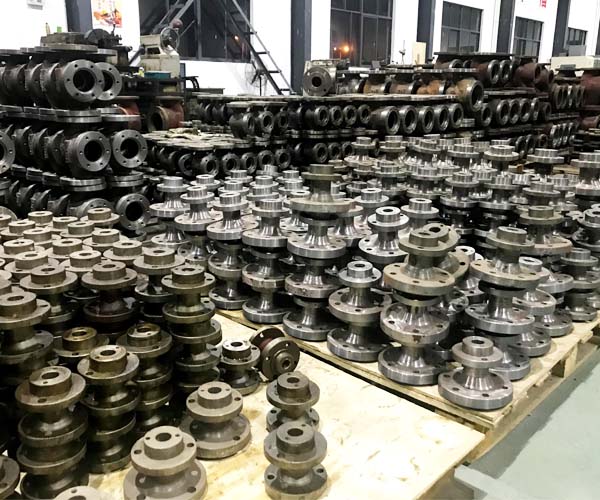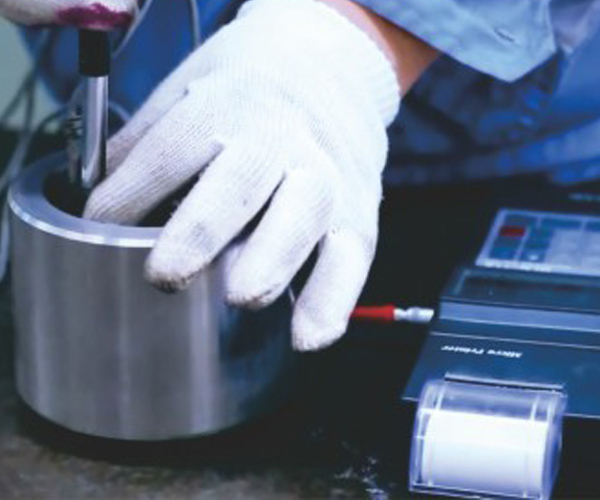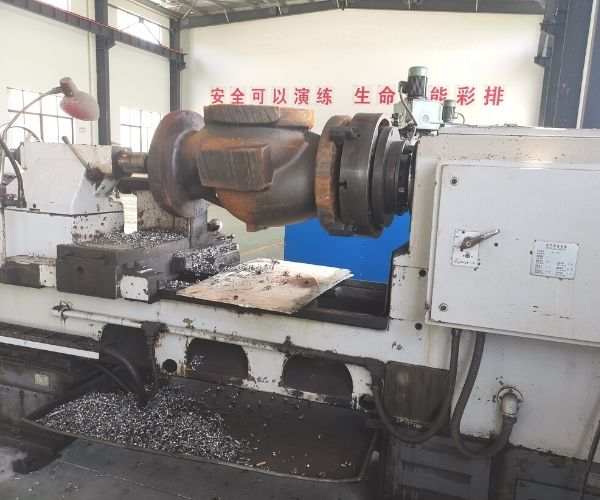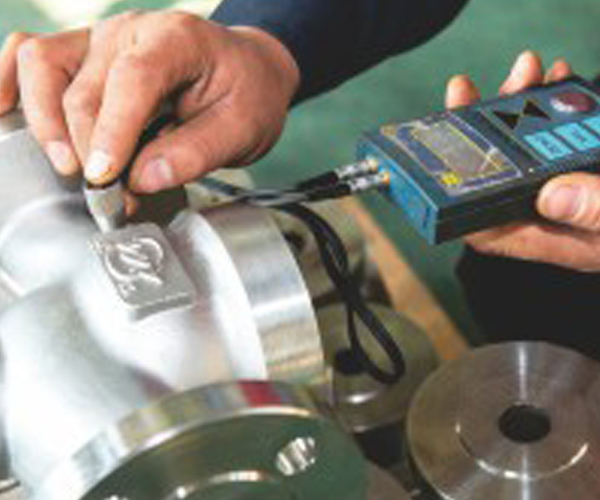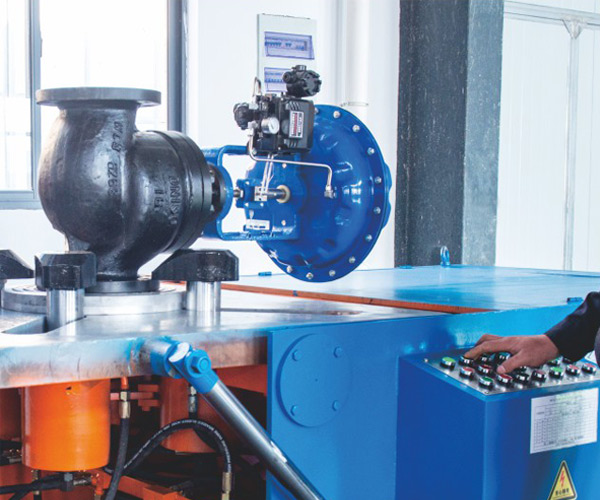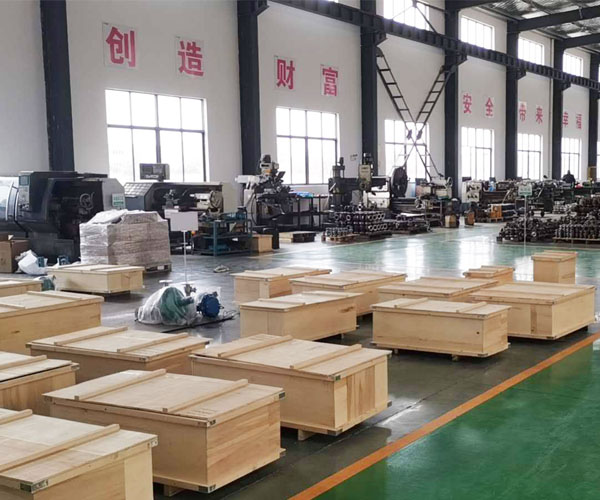Professional Desalination Valves Manufacturer
- Less power consumption.
- Sturdy construction.
- Good performance.
- Longer working life.
- Require less maintenance.
- Valve materials are suitable to withstand the ravages of corrosion.
- Ease of maintenance.
- Leak-tight.
Get in Touch with Us
BCST your Expert Valve Supplier for Desalination Plants
Many different desalination processes range from relatively simple to very complex. It is especially critical to pay attention to the corrosion caused by chloride on equipment. The temperature of seawater affects corrosion rate significantly.
The BCST valve product line features various high-pressure valves suited for various desalination applications. Metal coatings, nickel-aluminum bronze, stainless steel, dual-phase stainless steel, and nickel-aluminum bronze are the most common materials used for over-current components.
Choosing BCST desalination valves can reduce material consumption, local and energy consumption, ease of installation, reduced maintenance costs, and reliable sealing. A BCST ball and butterfly valve are typically used in desalination to control water flow, open and close, thereby preventing leaks, increasing safety, and extending valve life
BCST your One-Stop Valve Solution for Desalination Plants
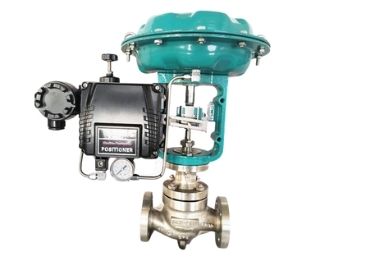
Pneumatic Control Valve
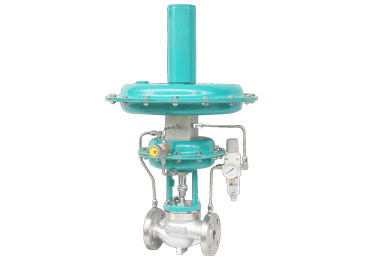
Self Regulating Control Valve
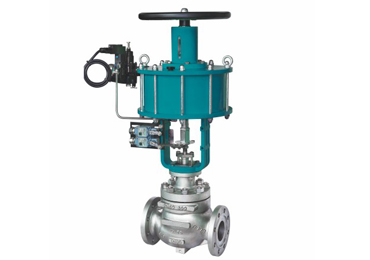
Pneumatic Globe Onoff Valve
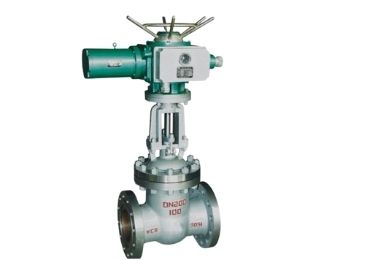
Electric Gate Valve
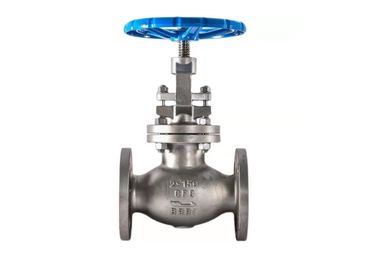
Manual Gate Valve
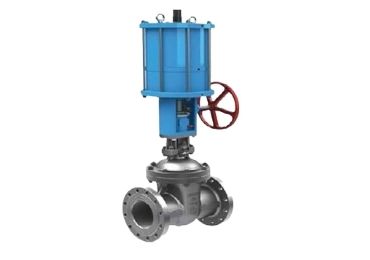
Pneumatic Gate Valve
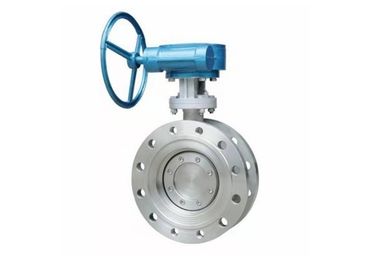
Manual Butterfly Valve
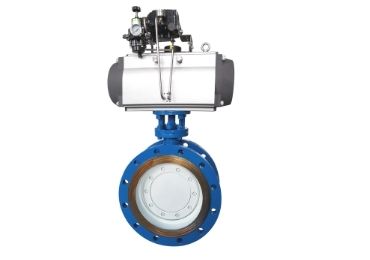
Metal seal Butterfly Valve
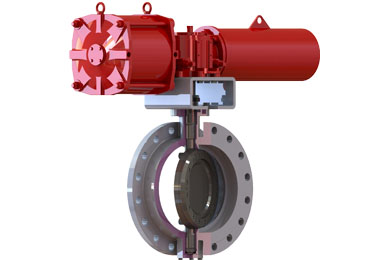
Triple Offset Butterfly Valve
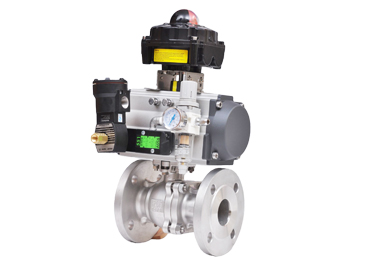
Float Ball Valve
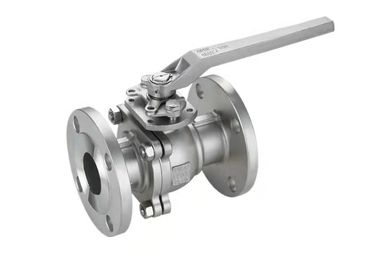
Manual Ball Valve
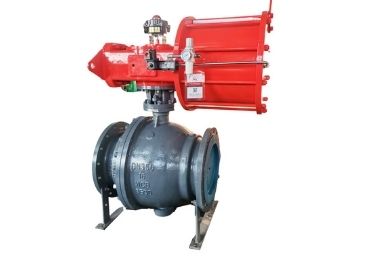
Trunnion Mounted Ball Valve
BCST your BEST Desalination Valves Supplier
Established in 2000, BCST is one of China’s primary dependable and professional desalination valve producers. If you`re looking for a skilled manufacturer for your next project with a robust technical background, an expert technical team, and budget-pleasant merchandise, BCST is your top choice.
In application engineering and after-sales service, BCST maintains a high level of international expertise. Putting our clients first is the core value of our technical team. BCST offers high-quality desalination valves at an affordable price with ATEX, ISO, SIL2, and RoHS certifications. Additionally, we offer low-cost cast models for easy installation on high-end units capable of withstanding high temperatures and pressures.
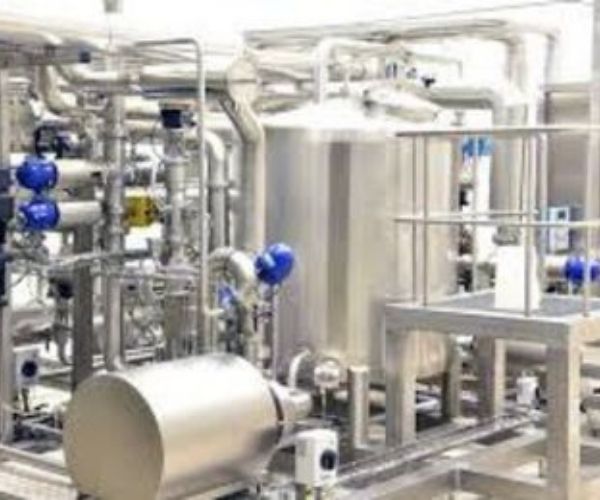
BCST Desalination Valves Quality Control
- Technical software caculation
- Technical team meeting
- CAD drawing confirmation
Assembly
- Installation
- Calibration
- Chemical Analysis
- Mechanical Propery
- dimension Checks
- Visual Checks
- Non-destruction Examination
Hydrostatic Test
- Shell test
- Sealing test
- Leakage test
- Air test
- Function test
- CNC machining
- Visual checks
- Dimensional checks
- Liquid penetration test
Outlook Treatment
- Surface Polish
- Painting
- Visual inspection
- Thickness checks
- Visual checks
- Liquid penetration
- Test
- Hardness test
- Lapping
- Dimensional checks
Packing
- Marking
- Exported wooden box
Get the Latest Catalogue Now!
BCST Desalination Valves Application
Desalination Valves -FAQ
WHAT KIND OF VALVES ARE USED IN THE DESALINATION INDUSTRY?
70% of our planet is covered by water, and it is easy to assume that there is more than enough. However, fresh water is scarce worldwide, making up just 3 percent, and two-thirds of that is inaccessible due to ice or inaccessibility. Thus, approximately 1.1 billion people worldwide live without fresh water, and approximately 2.7 billion suffer from water shortages at least once per year. Desalination can alleviate the problem of freshwater shortage in many coastal areas.
ADVANTAGES OF SEAWATER DESALINATION
- Provides people with potable water.
- Provides water to the agricultural supply.
- Water is safe for any living thing.
- Uses tried-and-tested technology.
- Helps preserve current freshwater supplies.
- Unlimited ocean water as the source.
- Independent of changing factors.
- Plants are safely located.
- Help with habitat protection.
DISADVANTAGES OF SEAWATER DESALINATION
- There are significant chemical waste disposable needs to consider.
- Desalination creates plenty of brine that must be managed as well.
- It impacts the smallest creatures the most often.
- There are health concerns to manage with desalination.
- Desalination plants consume a lot of energy.
- The capital cost of desalination technologies is relatively high.
- Energy costs can be very high for desalination plants as well.
- Some desalination efforts remove the electrolytes from the water supply.
- Desalination does not create a helpful water ratio.
WHAT IS DESALINATION?
Desalination is the process of removing dissolved mineral salts from water. Applying this process to seawater is one of the most common ways to get fresh water for human consumption or agricultural use. In the natural water cycle, desalination occurs when seawater evaporates, leaving behind salt and forming clouds.
Over the following centuries, seawater desalination was used on boats and submarines to provide the crew with fresh water during long trips. However, this process was not available on a large scale until the industrial revolution, especially not until the development of desalination plants.
DESALINATION PROCESS
REVERSE OSMOSIS
It is the most used process and consumes less energy than the rest, as it uses semipermeable membranes that allow the water to pass, but not the salt. However, these membranes are made of ultra-thin polyamide, which can become contaminated with bacteria, so the water must be treated.
SOLAR DISTILLATION
Imitating the water cycle, it consists of evaporating seawater in extensive facilities with roofs condensing and collecting it as fresh water. Although the energy is the sun’s heat, large land areas are required.
ELECTRODIALYSIS
This involves moving salt water through electrically charged membranes that trap salt ions dissolved in water, allowing freshwater extraction. There are several variations of electrodialysis, such as conventional and reverse.
NANOFILTRATION
It is a process that uses membranes of nanotubes with higher permeability than the reverse by osmosis, which makes it possible to treat more water in less space using less energy. In addition, these membranes are manufactured with sulfonated compounds, which eliminate traces of pollutants in addition to salt.
GAS HYDRATE FORMATION
Gas hydrates are solid crystals that combine water with a gas, such as propane, at high pressure and low temperature. During the process, all the salts and impurities in the water disappear, and as the temperature increases, the gas can be recovered, leaving fresh water.
DESALINATION PLANT VALVES
The valves used for seawater or desalination plants are subjected to outrageous conditions. The liquids used in the desalination process can be corrosive, so it’s important to use durable valves made of materials resistant to corrosion. Butterfly valves are often used in the supply, filtration, and seawater phases, while diaphragm valves are found in the process’s water pre-treatment and post-treatment stages.
BUTTERFLY VALVES
Butterfly valves are a type of quarter-turn valve used to regulate water flow. They have a round disc mounted on a shaft in the center of the valve. The disc is a closing mechanism that rotates on the shaft to open or close the valve. It can be done manually using a handle or automatically with a quarter-turn valve actuator. Motorized actuators can operate electrically, mechanically, or hydraulically. For larger valve sizes, actuation may be aided by adding a gearbox to reduce the torque requirement on the operator. Generally, butterfly valves are used in wastewater treatment systems. They offer a cost-effective option in larger sizes because they are lighter and more compact than other valves.
ADVANTAGES AND LIMITATIONS OF BUTTERFLY VALVES
- Suitable for starting, stopping, and regulating flow.
- Excellent for use with slurries and liquids that have suspended solids due to the large valve opening.
- Designs are more straightforward and use less material, lightweight.
- It is narrow, takes up less space in an installed setting, is easy to install, and saves time and installation costs.
- They are less expensive and are easier to maintain, resulting in lower maintenance costs.
- Fast-acting, quarter-turn valves can open and close in less time than other valve designs.
- Generates tiny pressure drops.
- With suitable seats can be used with chemicals and corrosive media.
BUTTERFLY VALVE APPLICATIONS
- Cooling water, air, gases, fire protection, etc.
- Sewers and similar services.
- Vacuum service.
- High pressure, high-temperature water, and steam services.
- Applications with compressed air or gas.
DIAPHRAGM VALVES
Diaphragm valves are bi-directional, on-off throttle valves. They control fluid flow by regulating the area with which media can enter and exit the valve, effectively changing its speed and velocity. They are so-called “diaphragm” valves because a thin, flexible membrane controls the valve’s opening and closing. They can be made with metal like stainless steel, plastic, and even disposable materials. Diaphragm valves are clean, tight, easy to maintain, safe, and efficient. They are more suitable for moderate pressure & temperature applications that require stop/start fluid control.
ADVANTAGES AND LIMITATIONS OF DIAPHRAGM VALVES
- Simple structure, fluid resistance is small, and the flow capacity is more significant.
- Suitable for corrosive, viscous, and slurry media.
- Easy to disassemble and maintain quickly, the valve can be replaced on-site and in a short time.
- No leakage. It can adjust the medium with high viscosity and suspended particles. The diaphragm separates the medium from the upper chamber of the valve stem, so the medium without packing will not leak out.
- The flow characteristics of the valve are close to the quick opening characteristics, which are approximately linear before 60% stroke, and the flow rate changes little after 60%.
- A pneumatic diaphragm valve can also be equipped with a feedback signal, limiter, and positioner to meet the needs of automatic control, program control, or flow regulation.
- The feedback signal of the pneumatic diaphragm valve adopts contactless sensing technology. The product uses a membrane-type propulsion cylinder instead of a piston cylinder, which eliminates the defects of the piston ring easily damaged, resulting in leakage and unable to push the valve to open and close. When the air source fails, the hand wheel can be operated to open and close the valve.
- They cannot be used in a high-pressure situation.
- Due to the limitation of the diaphragm and lining material, it is pressure, and temperature resistance are poor. It is generally only applicable to 1.6Mpa nominal pressure and below 150°C.
DIAPHRAGM VALVE APPLICATIONS
- Water treatment facilities.
- Pharmaceutical production systems.
- Food/chemical processing plants.
- Electrical industries.
- Vacuum services.
- Corrosive applications.
VALVE MATERIALS FOR DESALINATION PLANT VALVES
To solve the problem of seawater corrosion, we usually choose titanium, (super) duplex steel, nickel bronze aluminum, or austenitic stainless steel for valve production, which exhibit resistance to corrosion and washout, provide longer life and replacement cycle, reduce cost and improve desalination reliability.
TITANIUM
TITANIUM is an essential structural metal with high specific strength and good corrosion resistance. The primary consideration for valve materials is not the material’s mechanical properties but the material’s corrosion resistance. Therefore, titanium has become one of the indispensable valve materials.
CHARACTERISTICS OF TITANIUM VALVES
- They have not only good corrosion resistance but also have lightweight and high mechanical strength. 2. They will hardly be corrupted in the atmosphere, freshwater, seawater, and high-temperature water vapor.
- They have good corrosion resistance in aqua regia, chlorine water, hypochlorous acid, wet chlorine, and other media.
- They also have resistant to corrosion in alkaline media. 5. They have a strong anti-chloride ion ability and excellent anti-chloride ion corrosion resistance.
- The corrosion resistance of titanium valves in organic acids depends on the reducing or oxidizing properties of the acid. 7. The corrosion resistance of titanium valves in reducing acids depends on the presence or absence of corrosion inhibitors in the medium.
DUPLEX STAINLESS STEEL
Duplex stainless steel is a type of stainless steel composed of grains of two kinds of stainless-steel material, austenitic and ferritic. The word “duplex” refers to the two-phase microstructure of ferritic and austenitic steel grains that offers high mechanical strength and excellent corrosion resistance properties and is considered an alternative to expensive nickel alloys high alloy austenitic stainless steel used in the most demanding applications.
CHARACTERISTICS OF DUPLEX STAINLESS STEEL VALVES
- Twice as strong as ferritic or austenitic stainless steel.
- Greater toughness and ductility.
- It shows excellent resistance from stress corrosion cracking.
- Cheaper than austenitic stainless steel because the content of nickel and molybdenum alloys is lower in duplex stainless steel than in austenitic stainless steel.
NICKEL ALUMINUM BRONZE
Aluminum Bronze Alloys are necessary materials due to their excellent physical, mechanical, anti-corrosive, and wearing properties. Add Nickel to the alloy, and you can achieve an increase in strength without diminishing its excellent ductility, toughness, and corrosion resistance. Nickel Aluminum Bronze is used in a wide array of components in many different industries. It is generally specified for its high strength, reasonable wear and abrasion resistance, and excellent resistance to corrosion in seawater and many other aggressive environments.
CHARACTERISTICS OF NICKEL ALUMINUM BRONZE VALVES
- High Strength. Good resistance to wear and abrasion.
- With the addition of Nickel, it is obtained without decreasing the ductility. corrosion resistant. Especially in seawater and in various chemical environments.
- Excellent physical and mechanical properties can be improved via various thermal treatments.
AUSTENITIC STAINLESS STEEL
Austenite describes face-centered cubic (FCC) iron or steel alloys with this structure. When nickel or nitrogen is added to steel, it naturally becomes “austenite. It is the most commonly used type of stainless steel, and for a good reason. Its exceptional heat and corrosion resistance is used extensively in many medical, automotive, aerospace, and industrial industries. In addition, this category is known for unsurpassed strength and formability and that it cannot be hardened by heat treatment.
CHARACTERISTICS OF AUSTENITIC STAINLESS-STEEL VALVES
- STRENGTH AT TEMPERATURE. Austenitic stainless steel can withstand extreme temperatures, depending upon the grade, up to approximately 1900F. Some qualities start to see some deforming, softening, or losing strength at 800 degrees Fahrenheit.
- COLD WORKABILITY. Austenitic Stainless Steel cannot be hardened via heat treatment.
- LOW THERMAL CONDUCTIVITY. Heat is slowly transferred through austenitic stainless steel. On the other hand, Ferritic stainless steel has a higher thermal conductivity.
- FORMABILITY. Austenitic stainless steel is highly formable, making it versatile for various applications.
SELECTING THE RIGHT DESALINATION PLANT VALVES
- Key functionality. Consider the purpose of the valve. Should it prevent backflow, regulate flow or pressure, or function as a shut-off valve? Specifying the exact performance requirements for the system where the valve should be installed.
- Choose the suitable material for your seawater valve. Depending on the valves for seawater application, different materials can be used differently in the chlorine content. Suitable materials matter enormously; they lay the foundation for your seawater valve.
- Find the most efficient solution for the seawater valve. An analysis of the composition of the water is a promoter if the concentration of salts in the water is known.
- Guarantee a professional sea water valve manufacturer. Before selecting the seawater valve, pay more attention to the supplier and manufacturer. A professional and reliable manufacturer can guarantee the quality of valves and provide good after-sales service.


